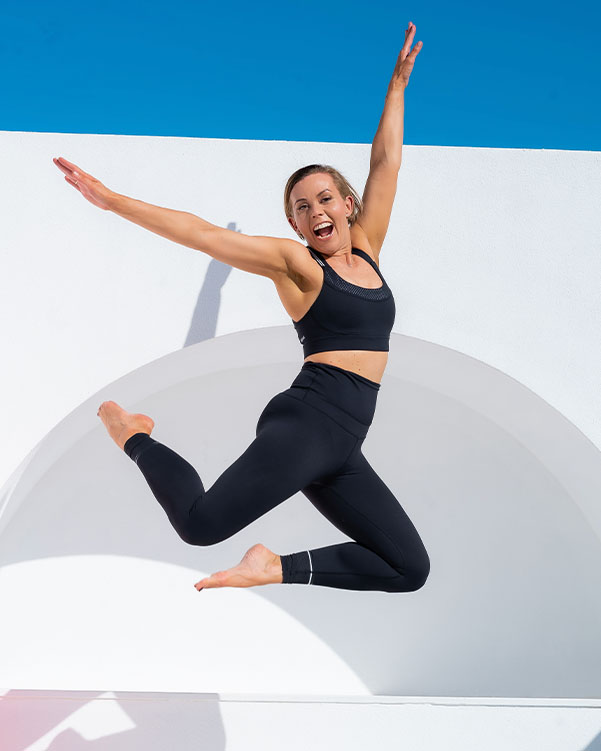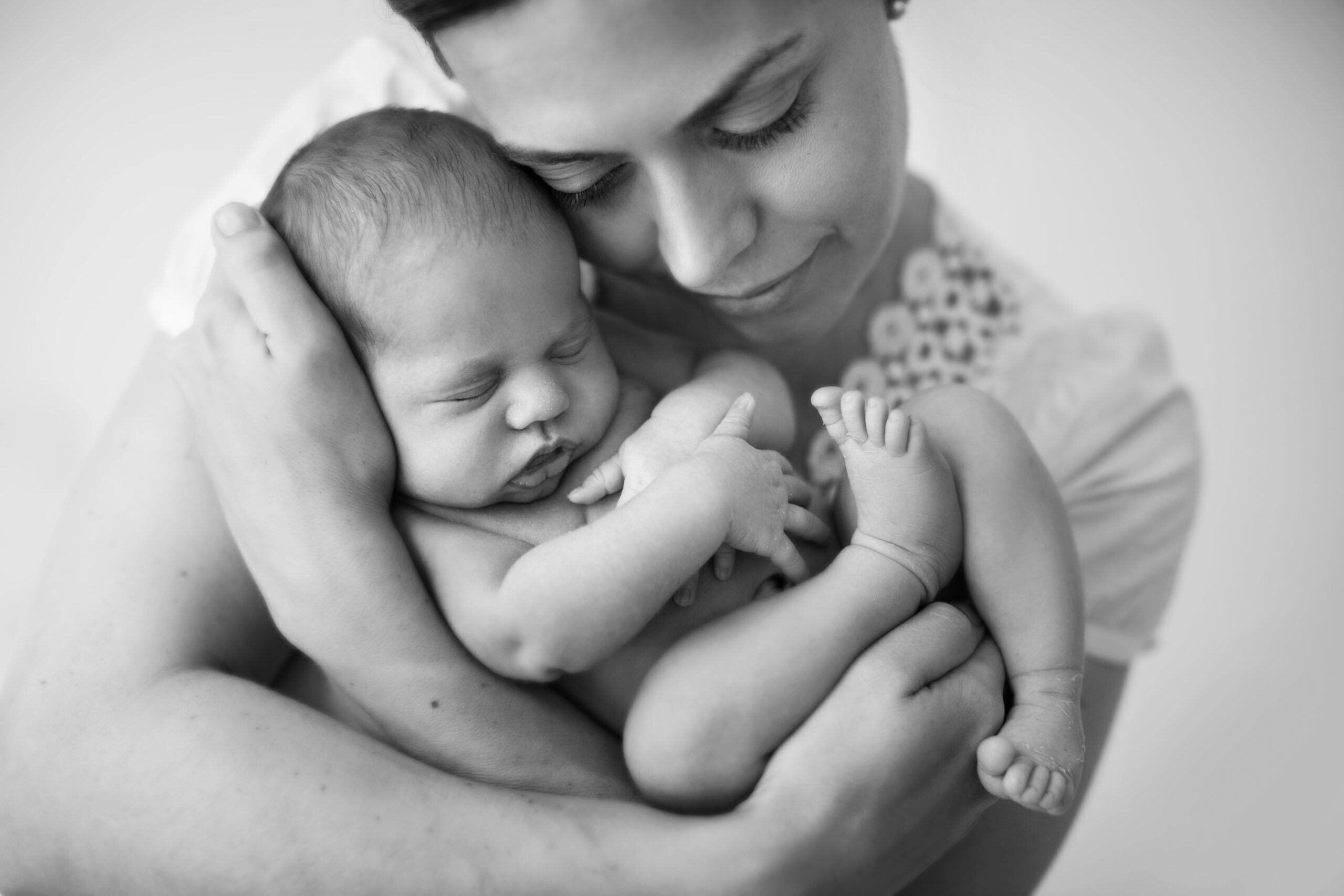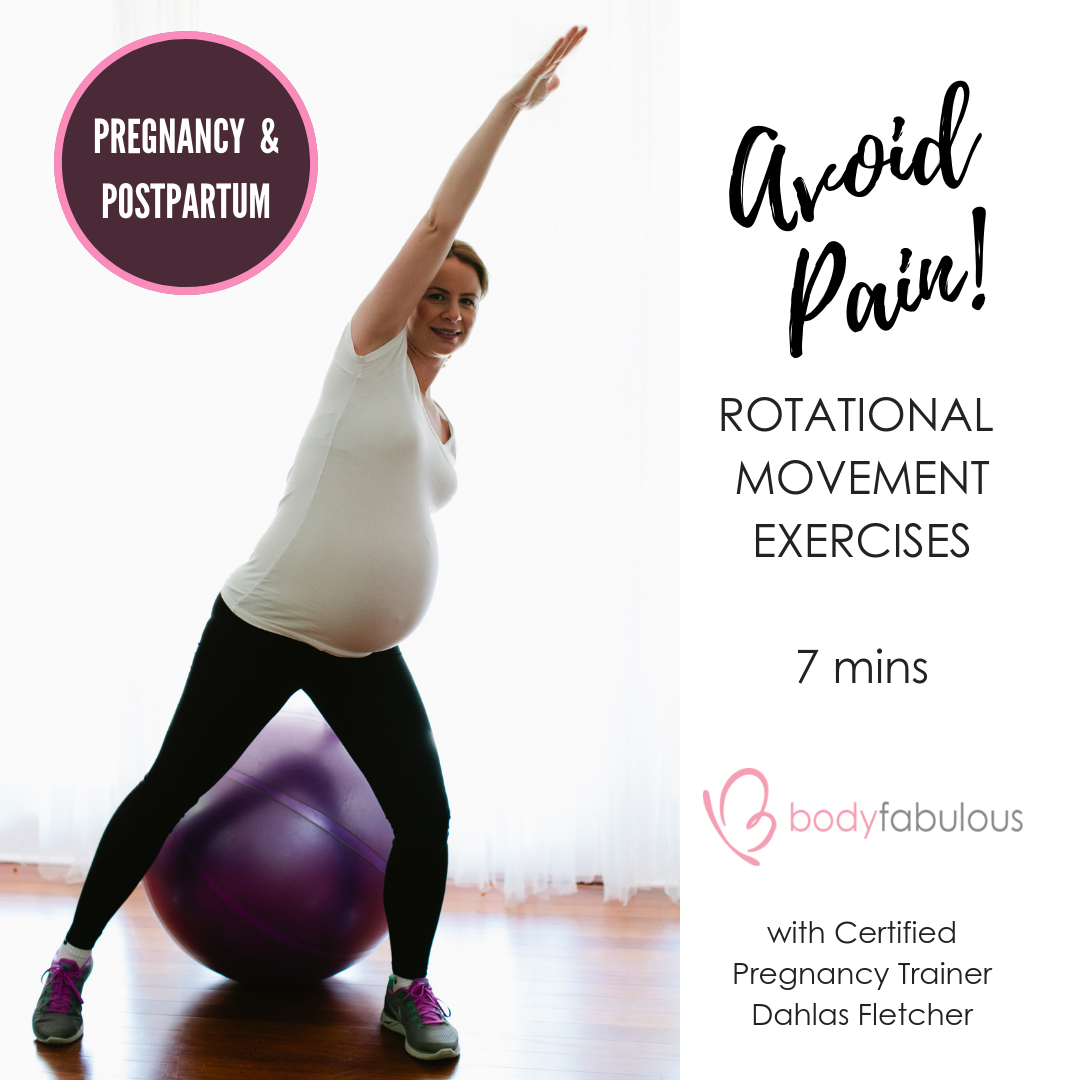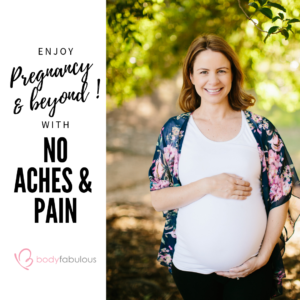During pregnancy, postpartum and in general daily life we all rotate. Rotational movement includes – getting in and out of a car, driving, walking, reaching etc. This kind of movement only increases as you enter motherhood – turning from the front seat of a car to reach your child, twisting to get your baby in and out of their car restraint, reaching to pick up things on the ground. The list goes on and on !
That is why it is SO important to train for this kind of movement during and after pregnancy and ensure you are working out in all planes of motion both safely and effectively.
Rotational movement can be powerful
When performed safely and effectively rotational movement can :
- Create more space in the body
- Strengthen the deep core
- Help you to connect better to your body
- Improve postural alignment
Unfortunately injury can occur from rotational movement when twisting occurs suddenly and the lumbar spine does all the work – then jarring occurs ! Because of this, rotational movement is often avoided in all pregnancy and postpartum exercises.
However if you learn to lengthen and lift out of your pelvis then slowly and gently rotate, plus ensure you are breathing correctly. This can create a fabulous deep core connection and help to prevent – diastatis recti, abdominal tearing and lower back pain.
Learn safe and effective rotational movement
Watch my video below and learn how to make your body stronger for movement in all directions with rotational movement. I try to include some form of gentle rotational movement with all my clients as it is so powerful and if done correctly can actually help prevent injury and common pregnancy and postpartum aches and pains.
Total body workout during pregnancy postpartum
A combination of stabilisation exercises, resistance training and safe and effective rotational movement are a great way to work your deep core without flexing and extending – which happens in traditional core exercises such as sit ups and crunches (here is why these need to be avoided). Addition rotational movement will also help you maintain balance as your baby continues to grow and expand plus best of all prepare you for all those mama moves as you enter motherhood !
How is there a core connection ?
I am often asked how is rotational movement connected to the core, and if it will worsen diastasis recti? My response is NO it won’t worsen your diastatis, but if you feel like it is – then that is an indication that you are not performing the movement correctly and there is no connection through your deep core and into the diagonal fascia lines / connective tissue that run across your body (I talk about this in the video above).
If you are feeling this or any lower back pain, I suggest you start with some foundation core connection exercises. Grab my complimentary core training guide right here. Then when you are ready come back to my rotational movement exercise video.
Any other questions please reach out in my Facebook Community
xx

About Dahlas
Dahlas Fletcher is one of Australia’s most respected and successful certified and experienced Pregnancy and Female Fitness Trainers. Her goal is to help you be the happiest, most fabulous version of yourself, inside and out.





